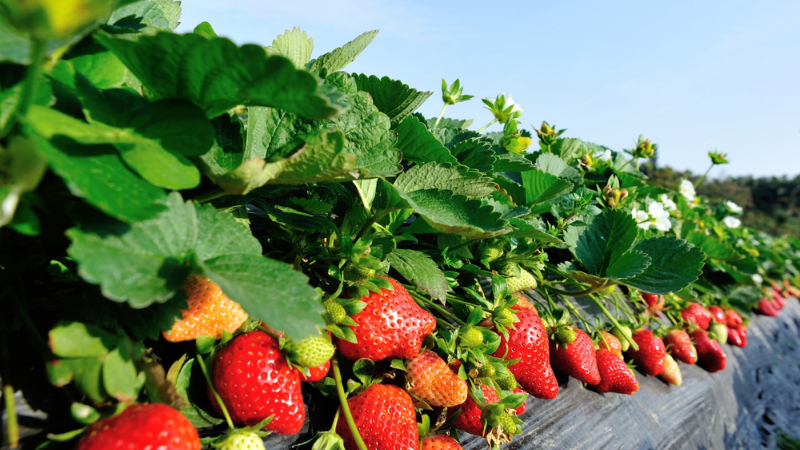Thwarting Grape Rootstock Resistance

Many winegrape growers in the world’s most renowned viticulture regions might
be surprised to know that there is still a large population of growers in the U.S. growing on vines not grafted to rootstock. These “own-rooted vines” prevail in Washington, although they are generally thought to be antiquated and, quite frankly, a dangerous practice considering the threatof phylloxera in states like California. Growers in Washington have, explains Markus Keller, Washington State University professor of viticulture, cultivated a success story of biocontrol.
With resistant or tolerant varieties of American grapes being the only means of defense against the pest that has driven non-grafted vines into the ground, growers have avoided the disease that European winegrapes are defenseless against. Keller has said that he believes rootstocks will also become more common in Washington over the next 30 years as the state’s growers begin to replant old vineyard sites.
There is a growing fear in the region, he explains, that phylloxera might just be a ticking time bomb, waiting to invade the area. In addition, if nematode populations increase, grafted vines might be growers’ only option.
Resistance To Change
Washington growers have, explains Keller, been resistant to make the move to grafted rootstocks because freezing temperatures, which are an occasional occurrence in this northwest region, can kill European grapes to the ground. On a non-grafted vine, this simply requires retraining from underground suckers; on a grafted vine, however, if freezing temperatures occur and the vine is killed, only the rootstock would be left. So, explains Keller, growers would have to replant or regraft, a timely and costly endeavor.
The most burning question growers have, however, seems to be the following: Would grafted vines affect the quality of the wine? Keller and his team of scientists began searching for an answer to this question in 1999, and their answer can be summed up in one simple word: “No.”
And The Verdict Is …
Keller emphasizes that apart from the need to retrain vines struck down by cold, grafted vines and own-rooted vines are treated exactly the same. This means that growers in Washington, who have spent years perfecting their winegrape growing techniques, don’t have to change a thing in the way they run their operation if they make the move to grafted vines in the future. “The things that contribute to wine quality are mostly alcohol, acidity, pH, color, astringency, aroma, and flavor volatiles,” explains Keller, and these things can be achieved anywhere winegrapes can be grown. In a dry region like Washington’s grape growing areas (which surprisingly only get 8 to 10 inches of rainfall a year), growers can adopt techniques to control vine growth and fruit quality by employing strict deficit irrigation techniques.
This means that although using grafted vines could be a smart defensive move should future invasions of phylloxera and nematodes become an issue in Washington, currently no one method of growing is better than the other. Referencing startup costs, Keller even goes as far as to say it might be alright if growers hold off for a while to convert to rootstocks. Although he recognizes that it will probably be a necessary move someday, growers need not jump the gun. Explaining that second and third generations may require grafting, as we have seen from France to Australia and even South America, Washington seems to be on a bubble that growers can take advantage of for the time being.
Making The Switch
For Washington growers considering making the move to grafted vines as a preemptive strike against nematodes and phylloxera, there are many sources available to ease the process. One reference is a straightforward, step-by-step guide called “Grafting Grapevines” from the University of California-Davis. For more information, go to http://cetulare.ucdavis.edu/files/82000.pdf.









